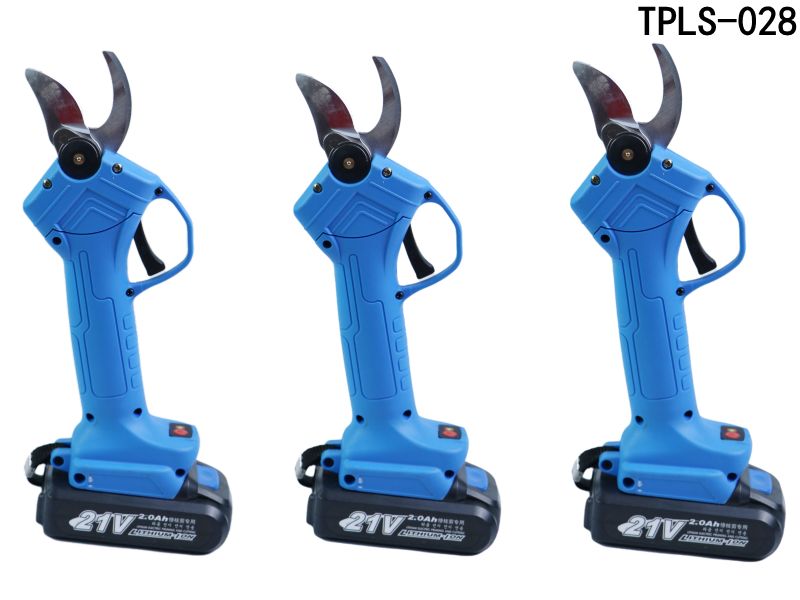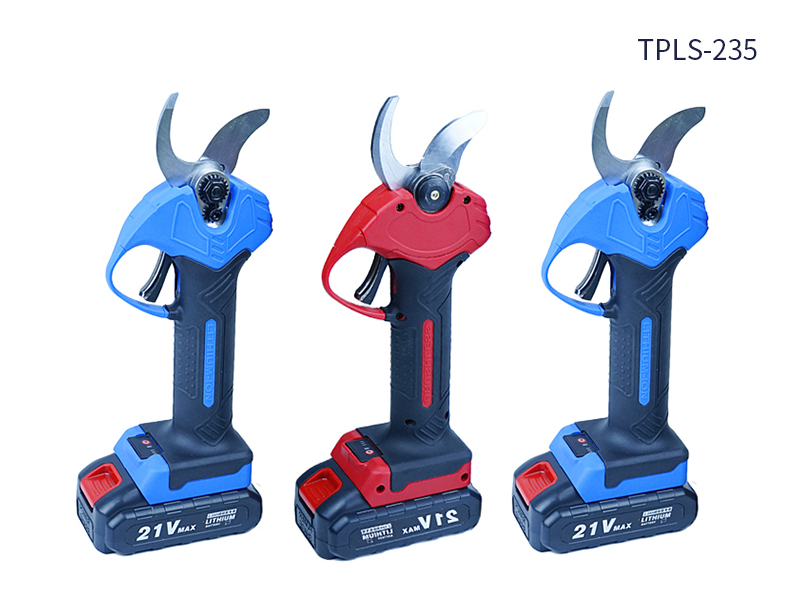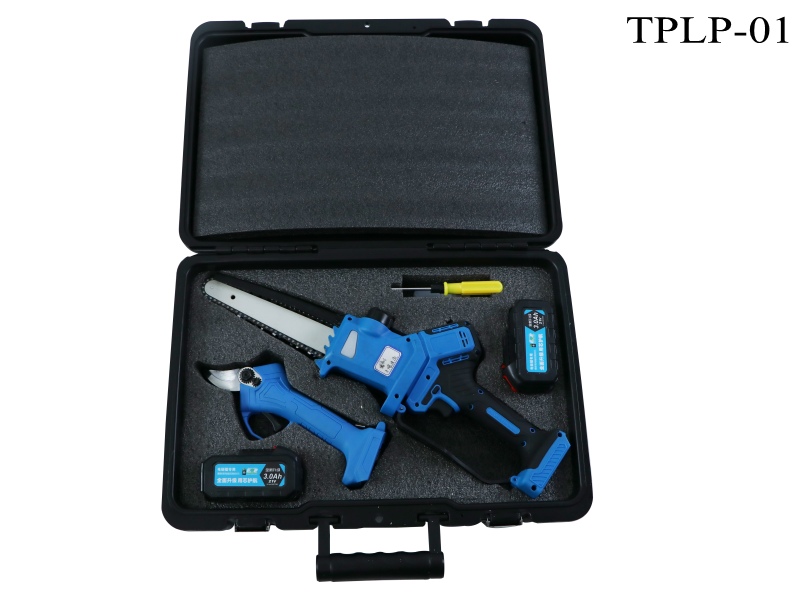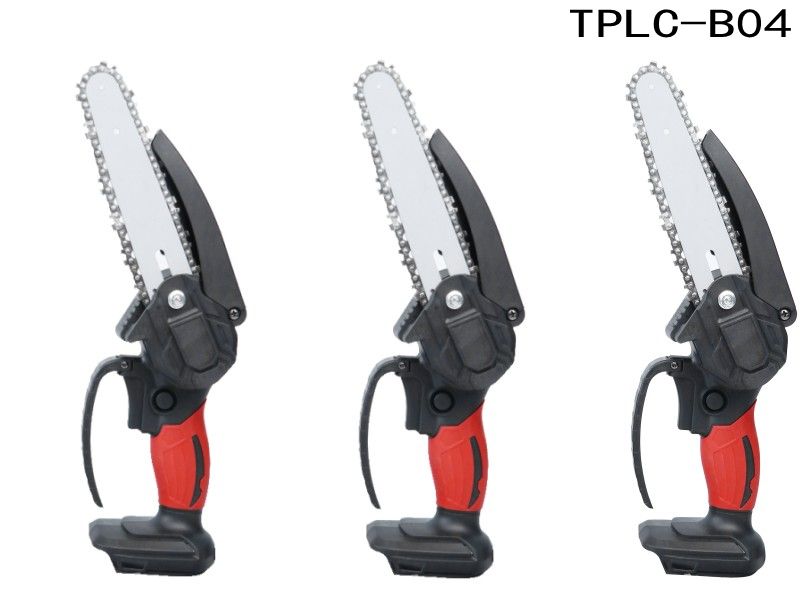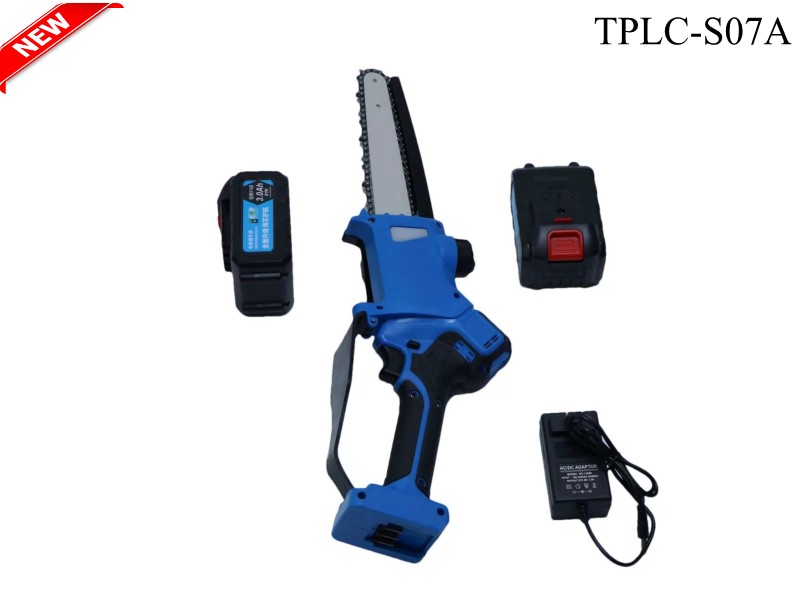News Detail
Market analysis of electric tools
- Generally relying on manual operation, electric tools are a variety of general-purpose construction appliances driven by electricity with wire, which is widely used in building finishing, light manufacturing, and other fields. Compare with the manual tools of pure manpower, the electric tools have greatly improved the torque, speed, and impact force of the tools through the electric power, which also profoundly improved the work efficiency. There are a bunch of different kinds of electrical tools, and electric drills, angle grinders, electric wrenches, electric screwdrivers, chainsaws, pruners, and sanders are mostly used. Generally speaking, garden tools, including the weeding machine are also the main type of electric tools.

Global overview of the electric tools market
- Market size: The global market of electric tools was around $36 billion in 2020, and the number is expected to reach around $46 billion in 2025, which means the CAGR in the five years will be roughly 5.3%.(Compound annual growth rate, or CAGR, is an investment's mean annual growth rate over a specified period longer than one year. )Market Segmentation: Commercial uses, mainly for a professional level or above electric tools, accounted for 63.2%, a relatively larger one. While the residential uses accounted for 30.8%. Such a structure will remain stable for a long time.

Regional market: The market size of North America, Asia-Pacific, and Europe accounted for roughly the same proportion in 2019, respectively with 30.8%, 28.7%, and 28.6%. while other regions such as Latin America and Africa accounted for 11.9%. This structure will also remain relatively stable for a long period, among which the Asia-Pacific region will rise slightly to 31.1% by 2025.

The competition pattern of global electric tools
- The electric tools abroad started early and have a significant first-mover advantage. After years of development, the global electric tools(with wire) industry has formed a relatively stable and concentrated competition pattern. China is a major producer of electric tools, but the companies still need to build their brands. China's electric tools account for nearly 70% of global production, but most of them are still dominated by OEM and ODM, such as Nicelyon, accounting for about 20% of global demand. China is the world's largest exporter of electric tools. The market share of domestic electric tools enterprises is relatively low. Some enterprises such as Dongcheng, KEN, POSTED, and CHEVRON is vigorously developing their brands. However, they are still not getting rid of the situation that large multinational companies occupy the high-end electric tools market. China's industrial chain (the advantages of manufacturing and transportation cost ) has outstanding advantages, and overseas electric tools brands are accelerating their production capacity layout in China.
Cordless and lithium are the coming trends
- Traditional electric tools(with wire) are mainly driven by electric cables, and there will be many inconveniences and safety risks, such as looking for a power interface or bringing your generator, it is also possible to cause electric shock and overload, etc. In contrast, cordless charging electric tools have prominent advantages. Rechargeable electric tools have already appeared for a long time. Bosch launched the world's first rechargeable chainsaw and drill in 1969. However, due to the immature battery technology at that time, the lead battery used at that time, which is bulky with poor electrical performance, made the battery tools fail to be promoted on a large scale. With the development of battery technology, nickel-cadmium, and nickel-metal hydride batteries have been improved in energy density and cycle performance to a certain extent, but they still can’t reach the level of wired electric tools. The battery tools still have a small share in electric tools.
Lithium battery technology has advanced by leaps and bounds in the past decade. The energy density, cycle life, charge, and discharge rate of lithium battery has improved. At the same time, It is more eco-friendly, besides, the price of the lithium battery has also declined with the development of the electric vehicle industry. Under the leadership of the top factory ---Nicelyon Industries, the lithium battery tools truly brought a cordless revolution.
Domestic lithium battery tools

Domestic lithium battery classification: Ternary lithium battery has become the leader
Batteries for electric tools mainly include nickel-cadmium,nickel-hydrogen, and lithium-ion batteries. In 2019, lithium batteries took on the dominant position, which accounted for nearly 87% of the global cordless electric tools, and the proportion continues to increase.
- The use of nickel-cadmium batteries was banned in cordless electric tools by the EU IN 2017.
- Nickel - hydrogen battery not only has good safety and low production cost, but also a low energy density, heavyweight, and poor low-temperature performance. Meanwhile, there are self-discharge and other problems, so its market share continues to decrease.
- Lithium battery is lighter in weight, higher in efficiency, more significant in capacity, and better in cycle life, which can meet the trend of high efficiency and lightness of electric tools.
Material: Due to the requirements of high-rate discharge and high energy density, electric tools are monopolized by the ternary battery system.
Appearance: The cylindrical battery has stable process performance, flexible size, convenient distribution, and capacity is fast and large. The electric tools, which have diversified product forms, are very flexible and adaptable. No matter the foreign or domestic enterprises, the supporting cells of cordless electric tools are mainly cylindrical.
Battery size: The lithium battery of electric tools can be divided into 18650 models and 21700 models, and the 21700 models are significantly better than the 18650 models in performance. At present, there are mainly 18650 cells in the market. The cylindrical 21700 cells are the new direction, which owns small internal resistance, high capacity, high discharge rate, and high storage capacity.
The future development direction of lithium batteries for electric tools

At present, the mainstream lithium battery for electric tools is the ternary 5 series with 18650 cylindrical battery of graphite system, and a few special foreign brands of electric tools use NCM811cylindrical batteries or 21700 and 26650 cylindrical batteries of NCA (mainly industrial/professional electric tools)
There are 3 development directions of lithium batteries for electric tools in the future:
- Cordless electric tools occupy the mainstream, and the nickel-cadmium / nickel-metal hydride batteries are replaced by lithium batteries;
- Silicon-based materials start to be mass-produced and applied in the field of electric tools batteries. The route of NCM811 / NCA +silicon-based materials will achieve the launch of the products with a higher ratio and higher resistance to high and low temperatures
- The battery will be differentiated according to the application conditions (capacities, ratio requirements), and the penetration rate of 21700 / 26650 in industrial and even professional-level electric tools is expected to increase.
Cost advantage, certification, and long-time expansion guarantee the irreversible trend of domestic substitution 
In 2020, the shipments of domestic lithium battery tools increased by 65% year on year. With the rise of domestic electric tool brands, the domestic lithium battery tools entered the overseas supply chain, and the proportion of domestic batteries continues to increase. Accordingly, Samsung and some other companies have no plans to expand production for the lack of advantages in achievement cost. So there is little possibility for Japanese and Korean manufacturers to return.
Cost advantage: In terms of price, Ten power is more than 15-20% cheaper than foreign lithium battery tools suppliers, such as Samsung SDI, LG Chem, Murata, and so on. In addition, although the price of Samsung batteries is higher than that of China, the material, labor, and management costs are higher, and the profit margin is significantly lower than that of domestic enterprises.
The certification cycle is long, and the domestic substitution is irreversible: It needs excellent technical strength, product competitiveness, supply scale, and a long technical verification cycle to get international key accounts. TTI’s suppliers, for example, need to undergo 230 reviews for nearly two years. After domestic manufacturers passed the certification, the domestic replacement is irreversible
The expansion cycle is long, and Chinese enterprises have a significant competitive advantage after positioning on the stage: It generally takes 12-18 months to do the expansion. Even if Japanese and Korean manufacturers return, they still need more than a year of the expansion cycle, The domestic leading enterprises of lithium battery tools have already entered the international electric tool manufacturers at that time, then Japanese and Korean manufacturers will hardly have significant comparative advantages.
Domestic replacement of lithium battery tools(no wire) is the common appeal of the industrial chain
Domestic top battery manufacturers actively layout of the international customer supply chain. The main share of the cordless electric tools market is currently occupied by a few large enterprises, such as TTI, Bosch, Black&Decker, Makita, Positec, Nicelyon, and Metabo. Accordingly, the supporting battery manufacturers are mainly Samsung SDI, LG Chem, Murata, Panasonic, and several other international giants. The domestic battery factories are trying their best to get the certification of the top international electric tools suppliers.
Leading electric tool companies are also increasing their efforts to look for battery suppliers in China.
Based on the accelerated progress of domestic cell plants in the field of high-rate cylindrical cells, with the comprehensive advantages of performance, scale, and cost, the electric tool giants' choice of the cell supply chain has shifted to China.
Have Any Question?
Please leave your message you want to know! We will respond to your inquiry within 24 hours!









